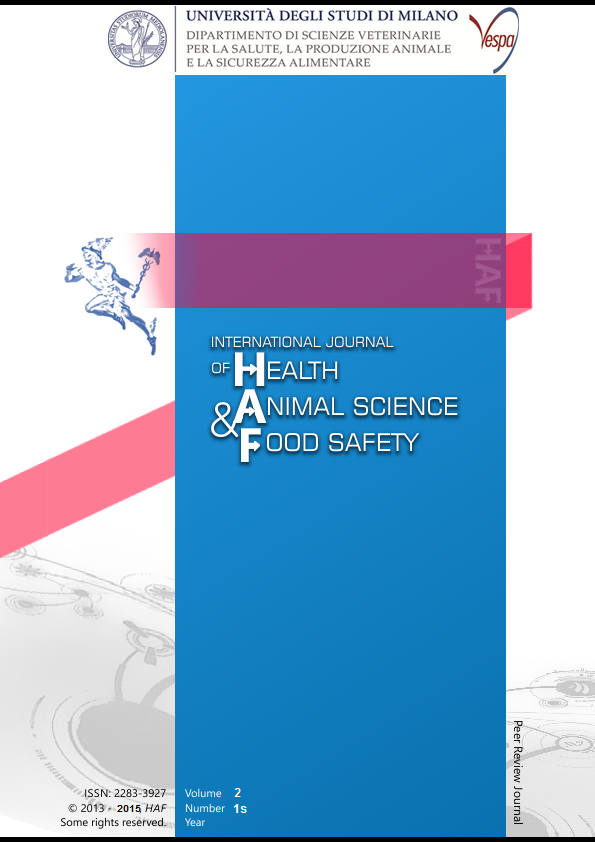Abstract
Two transgenic Nicotiana tabacum plants, carrying respectively the F18 adhesive fimbriae and the B subunit of verocytotoxin genes from O138 Verocytotoxic E.coli serotype were developed as a model of edible vaccine. Tobacco plants were transformed by agroinfection according to Rossi et al. (2013) stably. The F18 adhesive fimbriae and VT2e B-subunit were placed under control of the GLOB promoter for the seed-specific protein expression. Agrobacterium tumefaciens binary vector system is an efficient tool to transform plant cells; however, the exogenous gene integrates at semi-random into the nuclear chromosome. PCR products, using specific oligonucleotides putatively encoding the B-subunit of VT2e-B and F18 fimbriae were identified on agarose gel (1.5% - 0.9%) as bands with a length of 270 and 519 base pairs, respectively. We showed that the foreign VT2e-B and F18 fimbriae genes were stably integrated into the tobacco genome. Northern blot and Western blot analyses carried out respectively on total mRNA and total soluble protein extract obtained from seeds. For each line, the obtained amount of antigens is sufficient for subsequent oral immunization trials. Three lines of tobacco seeds (F18, VT2e-B, and WT) were seeded in homogeneous conditions and were harvested simultaneously. Tobacco plants were analysed also by optical and electronic microscope in different phases of growth. Germination of transgenic seeds were delayed of three/five days compared to WT in two replicated experiments, suggesting that genetic manipulation may influenced mechanisms leading to germination. In conclusion the genes coding for VT2e-B and the F18 are stably maintained in the seeds and obtained tobacco seeds represent a valid strategy to ferry antigenic proteins to the gut and a promising non-invasive method of vaccination in pig industry.
Riferimenti bibliografici
Rossi, L., Di Giancamillo, A., Reggi, S., Domeneghini, C., Baldi, A., Sala, V., Dell’Orto, V., Coddens, A., Cox, E., Fogher, C. 2013 Journal of Veterinary Science 14(3):263-270. Rossi, L., Fusi, E., Baldi, G., Fogher, C., Cheli, F., Baldi, A., Dell’Orto, V. 2013 Journal of Veterinary Medicine, 3 73-78. Rossi, L., Pinotti, L., Agazzi, A., Dell’Orto, V., Baldi, A. 2014 Italian Journal of animal science 13 (1), pp. 23-29. Rossi, L., Dell’Orto, V., Vagni, S., Sala, V., Reggi, S., Baldi, A. 2014 Veterinary Research Communications. 38 (1), pp. 39-49.
This work is licensed under a CC BY-SA 4.0 international

